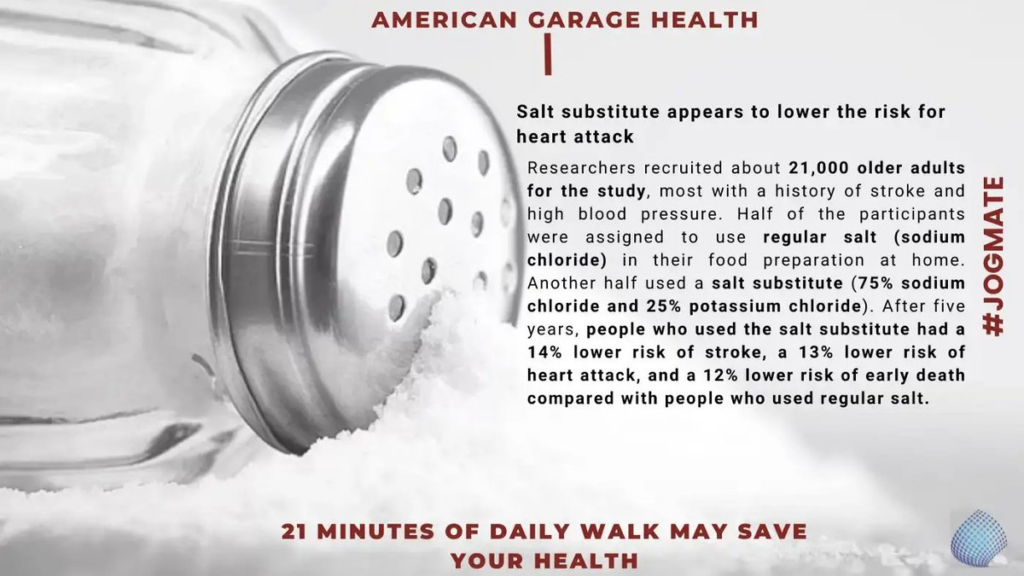
The presence of high levels of salt in school food can lead to numerous health issues, one of which is High Blood Pressure or Hypertension. Hypertension is a chronic condition that can lead to serious health problems such as heart attacks, strokes, and kidney disease. It is, therefore, crucial for schools to address the issue of high salt levels in their food.
The Hard Truth About High Salt Levels in School Food
While some may argue that salt is necessary to make food taste better, the reality is that most people consume more salt than they need. In fact, the World Health Organization recommends that adults consume no more than 5 grams of salt per day, yet many people consume two or three times that amount. Children, in particular, are at risk of consuming too much salt, as their bodies are not yet fully developed, and their kidneys may not be able to handle excess salt as efficiently as adults.
The problem of high salt levels in school food is compounded by the fact that many children consume most of their daily meals at school. As a result, the food they eat at school can have a significant impact on their overall health. This is especially true for children from low-income families who may not have access to healthy food at home.
Less #salt in your food may cut #heart disease risk by up to one-fifth.
https://www.nhlbi.nih.gov/news/2022/study-adding-less-salt-food-may-reduce-your-risk-heart-disease
The Dangers of High Blood Pressure in Children
High Blood Pressure, or Hypertension, is a serious health problem that can lead to numerous health complications, including heart disease, stroke, and kidney disease. While most people associate high blood pressure with older adults, children can also develop this condition. In fact, according to the American Heart Association, approximately 3.5% of children and adolescents in the United States have high blood pressure.
The Link Between Salt and High Blood Pressure
One of the main contributors to high blood pressure is a diet that is high in salt. Salt is made up of sodium and chloride, and it is the sodium in salt that can cause blood pressure to rise. When we consume too much sodium, our bodies retain water to dilute the excess sodium in our bloodstream. This increased volume of blood puts pressure on our blood vessels, leading to high blood pressure.

What Schools Can Do to Address the Issue
Reducing salt levels in school food is an essential step that schools can take to address the issue of high blood pressure in children. Schools can start by offering more fresh fruits and vegetables, which are naturally low in sodium. They can also use herbs and spices to flavor their food rather than relying on salt. Additionally, schools can provide education to children and their families about the importance of a healthy diet and the dangers of consuming too much salt.
Conclusion
High salt levels in school food are a serious health concern that must be addressed. Children who consume too much salt are at risk of developing high blood pressure, which can lead to numerous health complications. Schools have a responsibility to provide healthy food options for their students, and reducing salt levels in school food is an essential step in achieving this goal. By offering fresh fruits and vegetables and using herbs and spices to flavor their food, schools can help children develop healthy eating habits that will benefit them for a lifetime.
References
- World Health Organization. (2012). Salt reduction. https://www.who.int/news-room/fact-sheets/detail/salt-reduction
- American Heart Association. (2021). High blood pressure in children. https://www.heart.org/en/health-topics/high-blood-pressure/the-facts-about-high-blood-pressure/high-blood-pressure-in-children
- Centers for Disease Control and Prevention. (2020). Sodium and potassium. https://www.cdc.gov/salt/potassium.htm
- Centers for Disease Control and Prevention. (2020). Children and sodium. https://www.cdc.gov/salt/pdfs/Children-and-Sodium.pdf
- National Heart, Lung, and Blood Institute. (2018). DASH eating plan. https://www.nhlbi.nih.gov/health-topics/dash-eating-plan